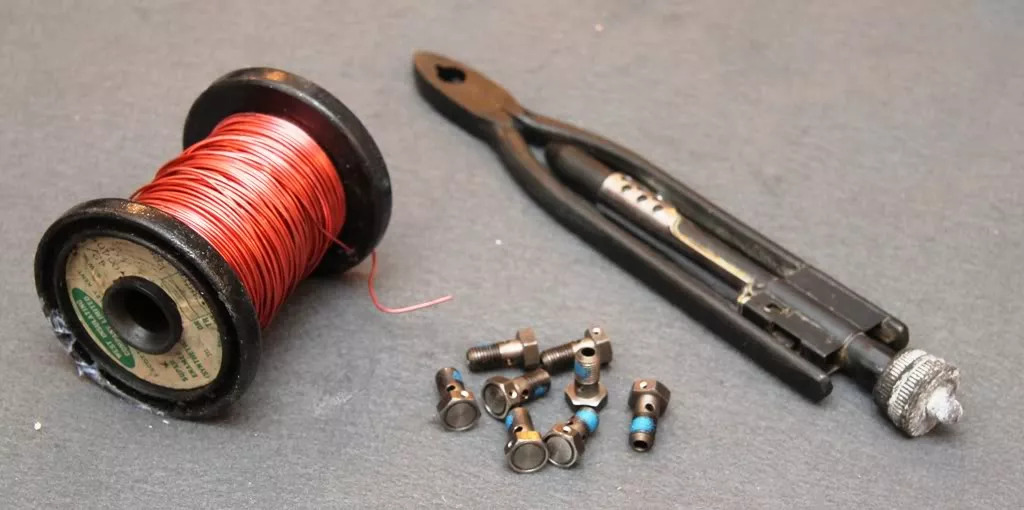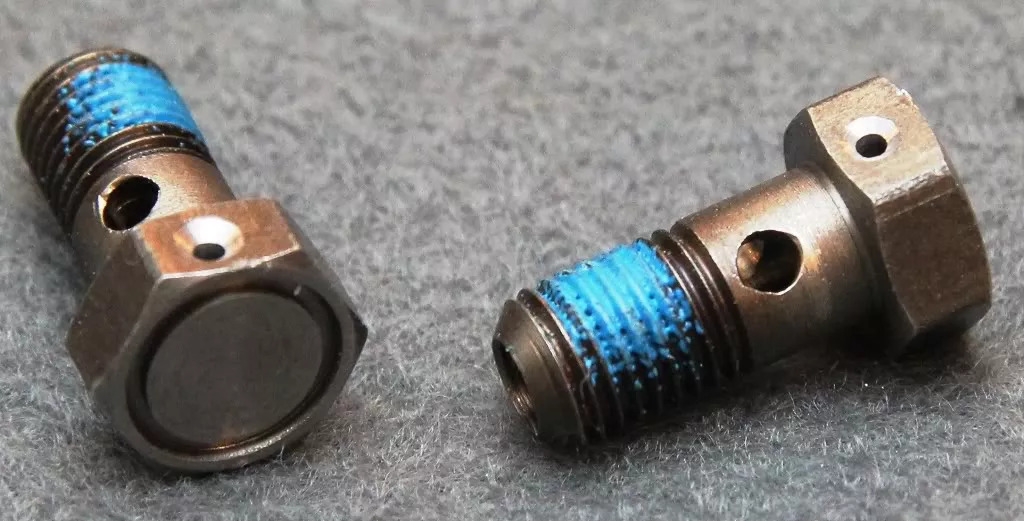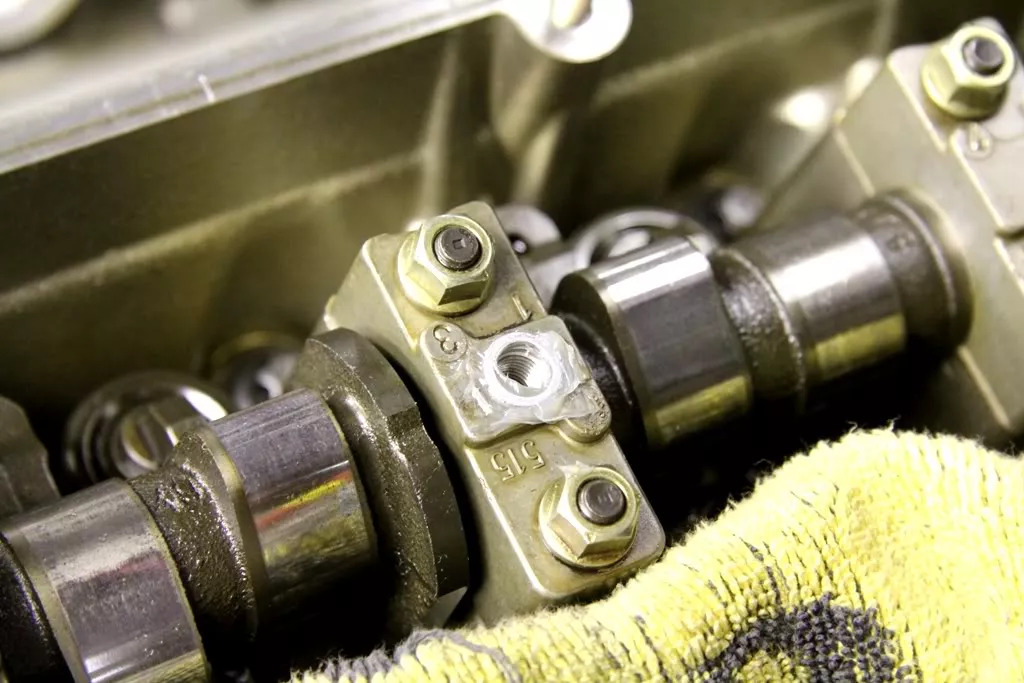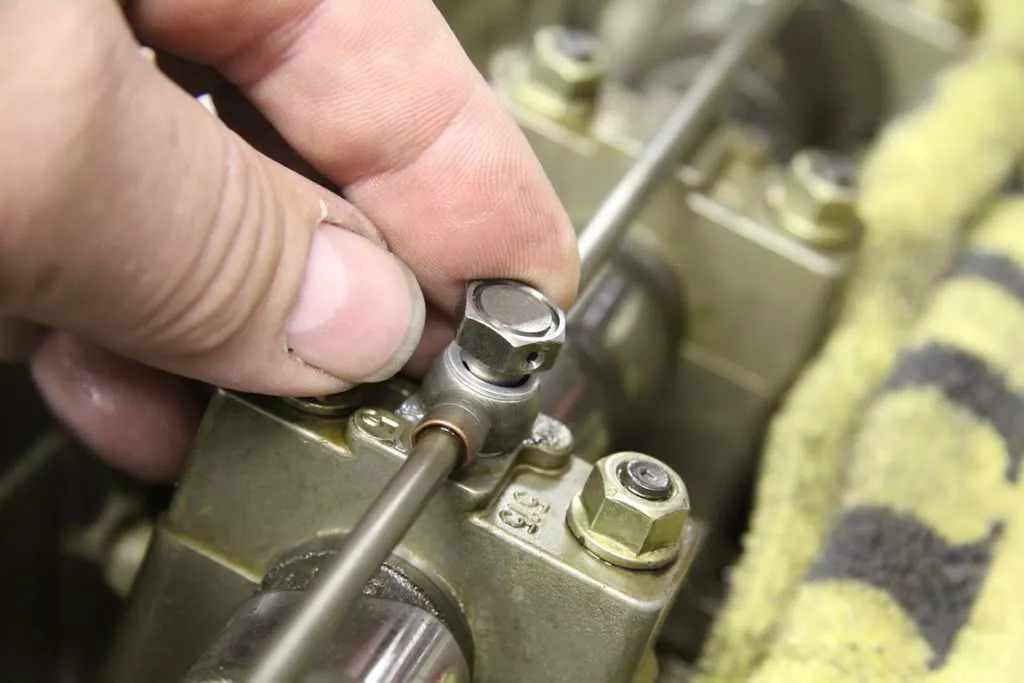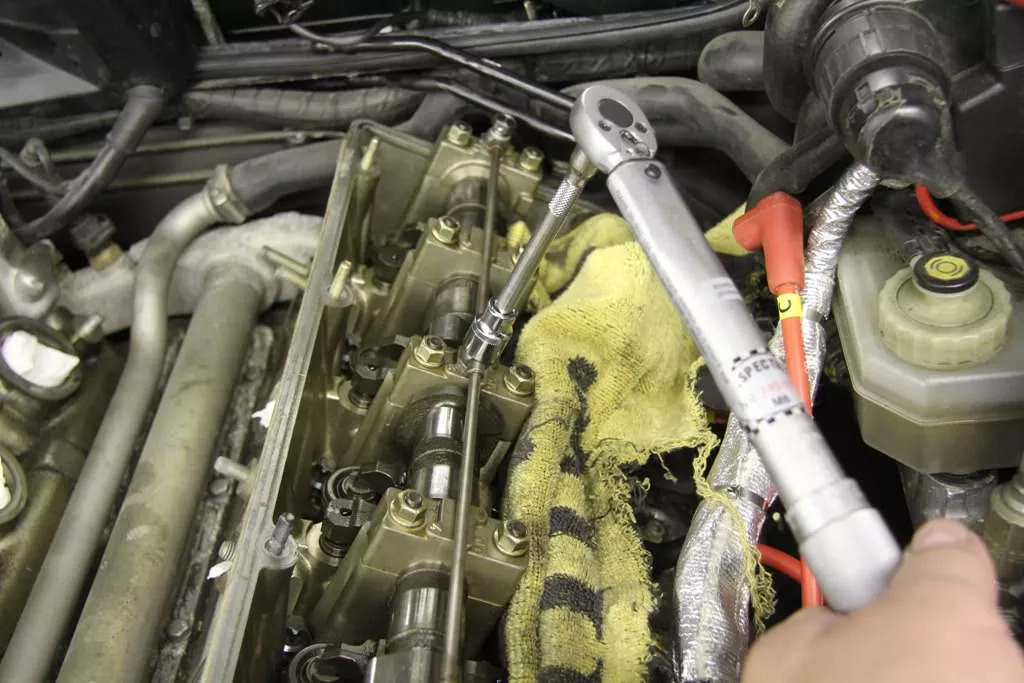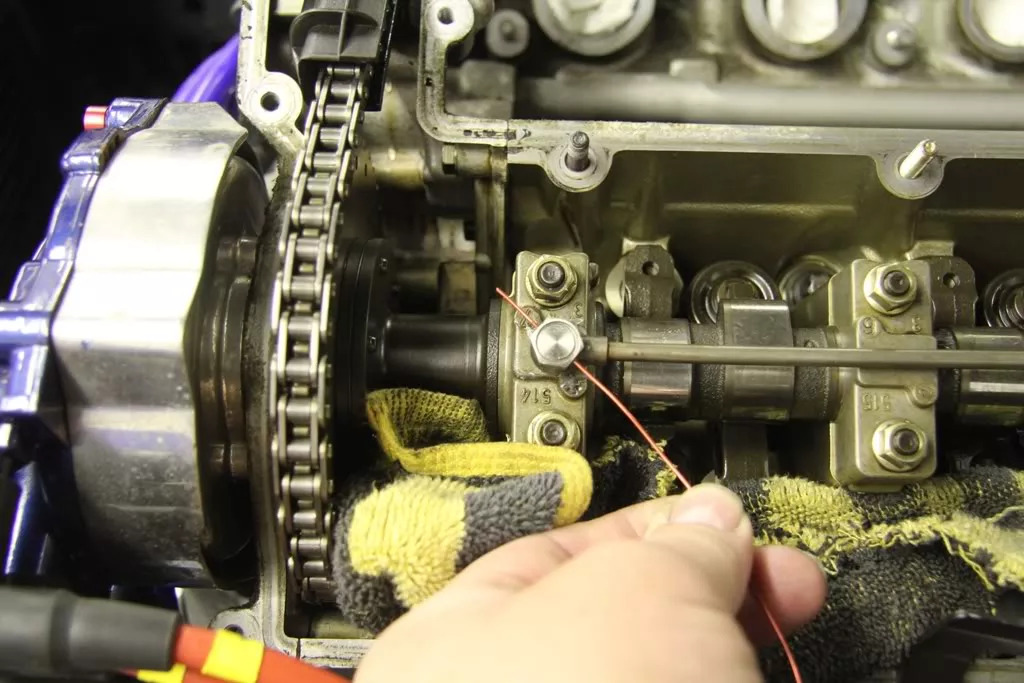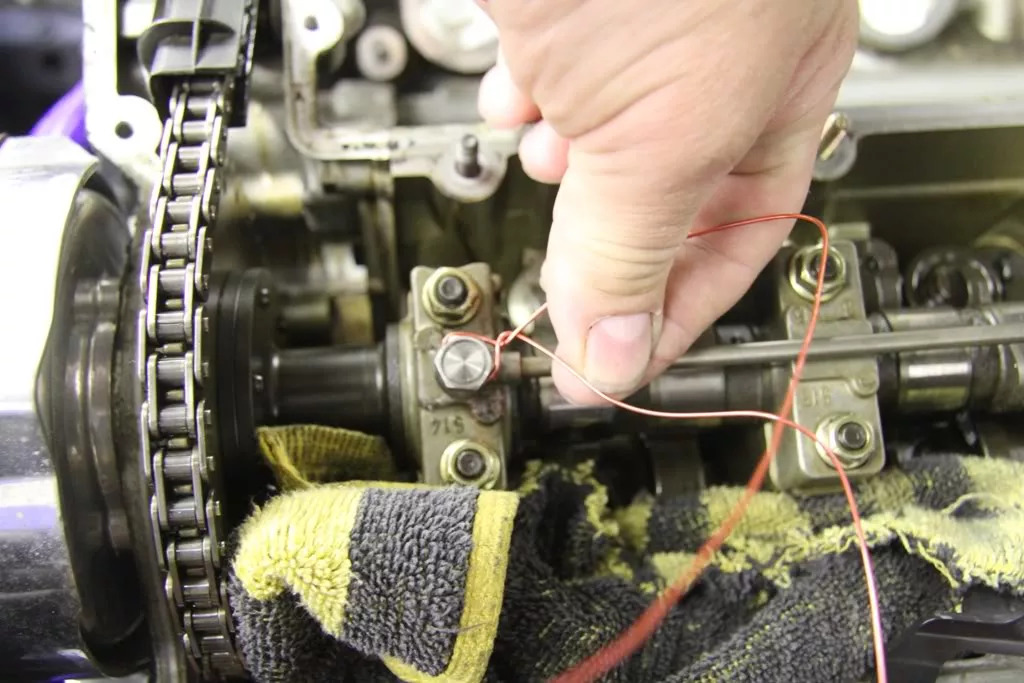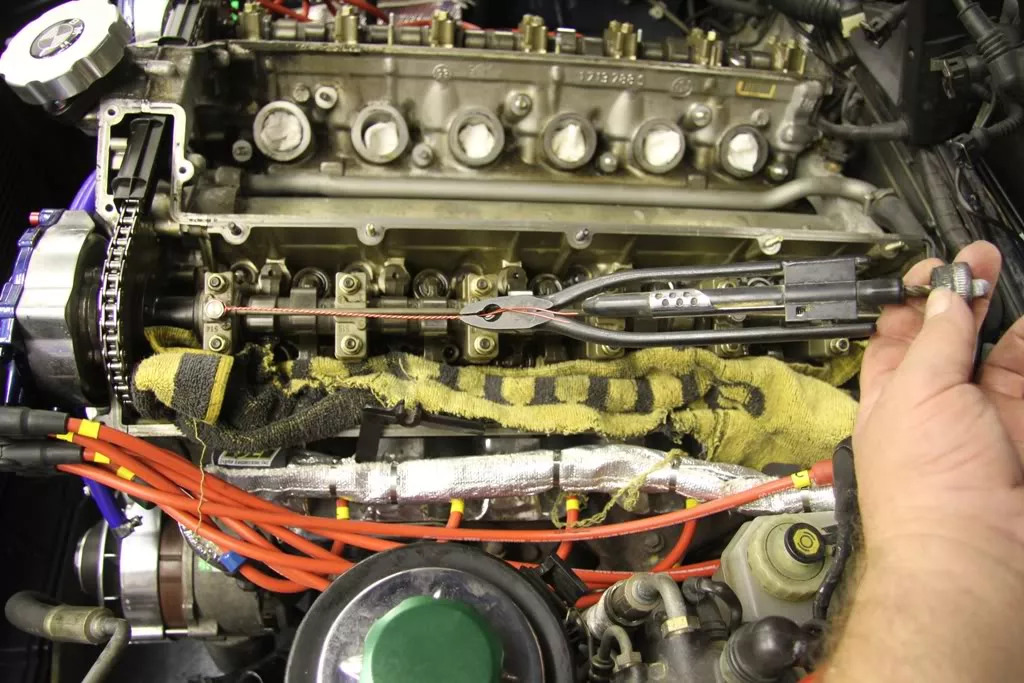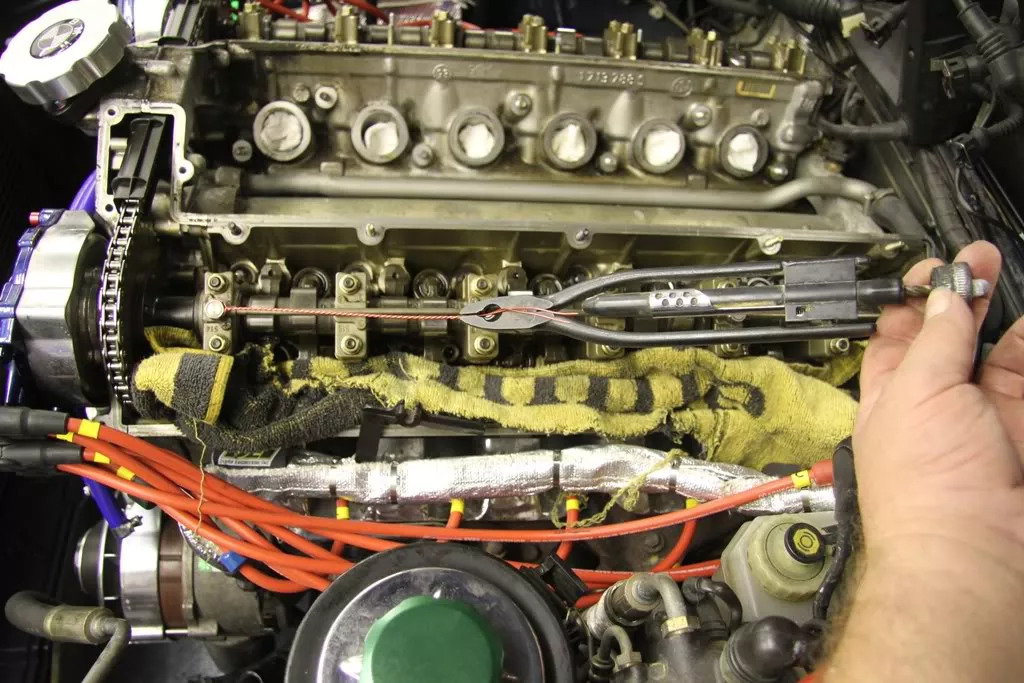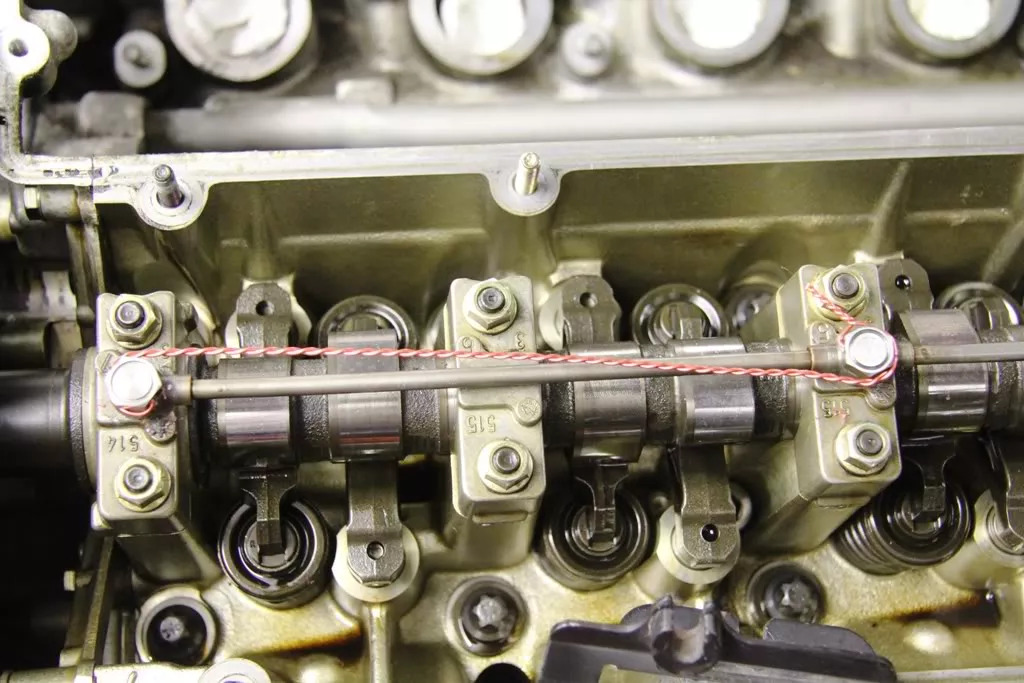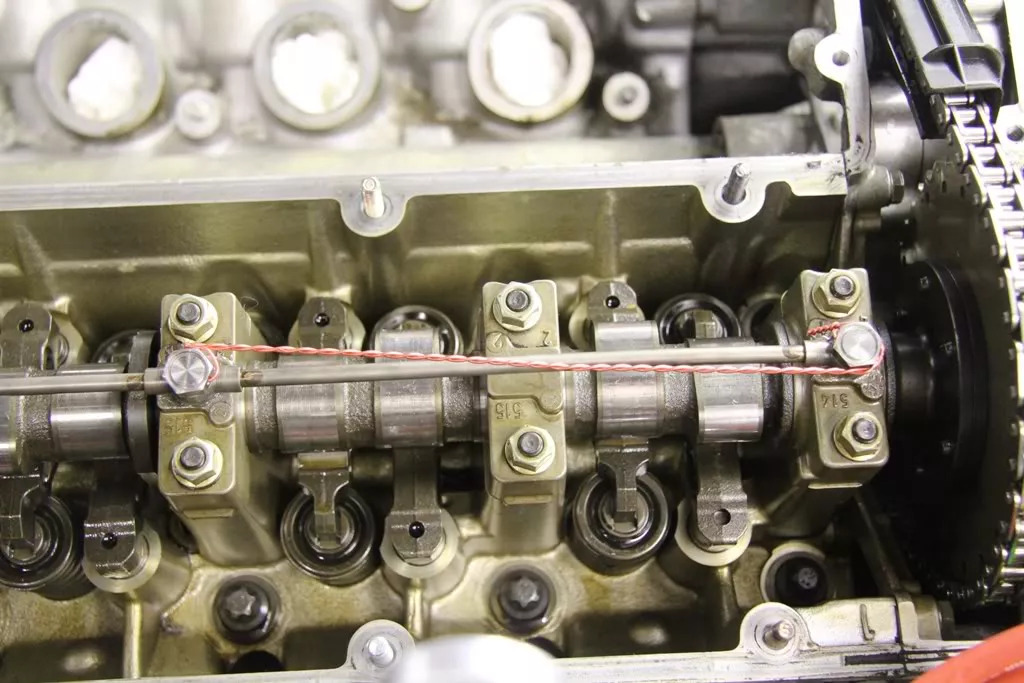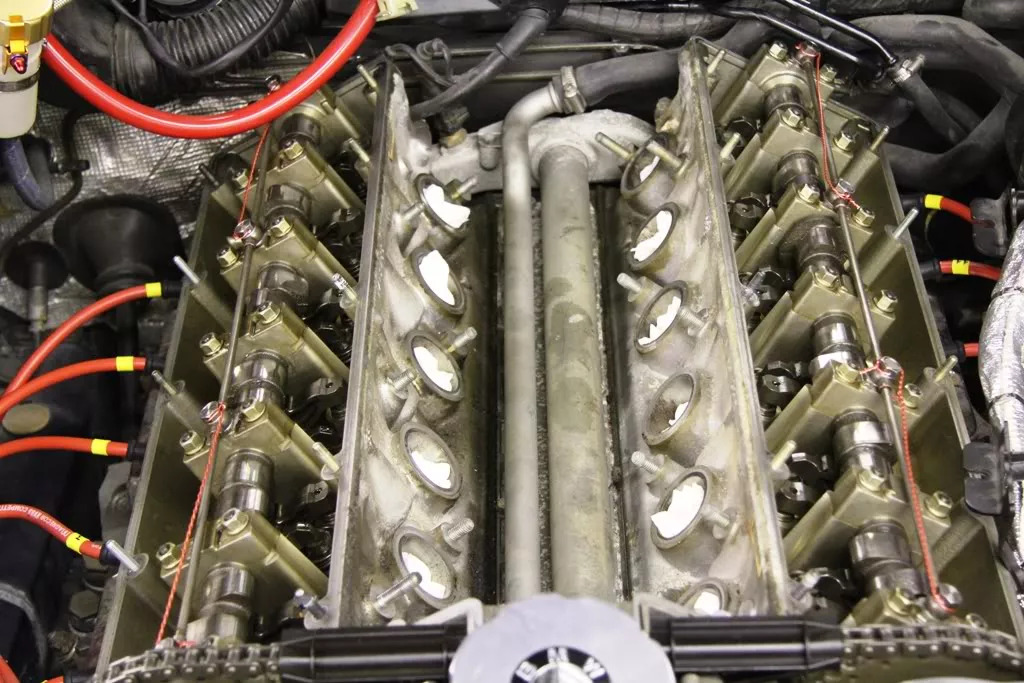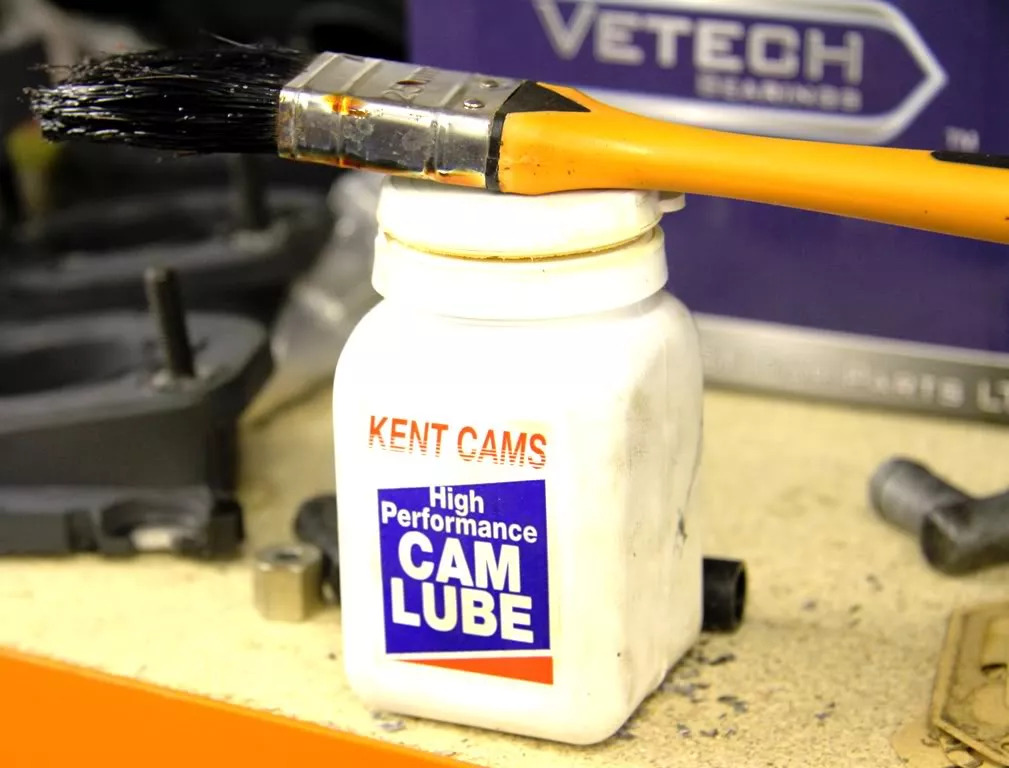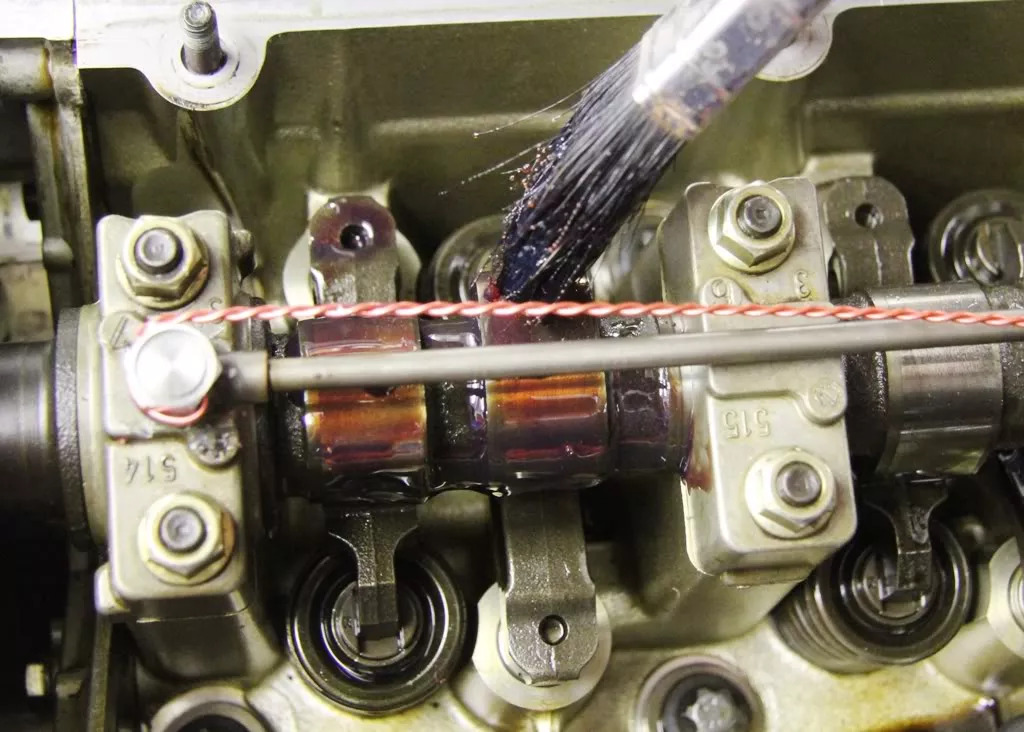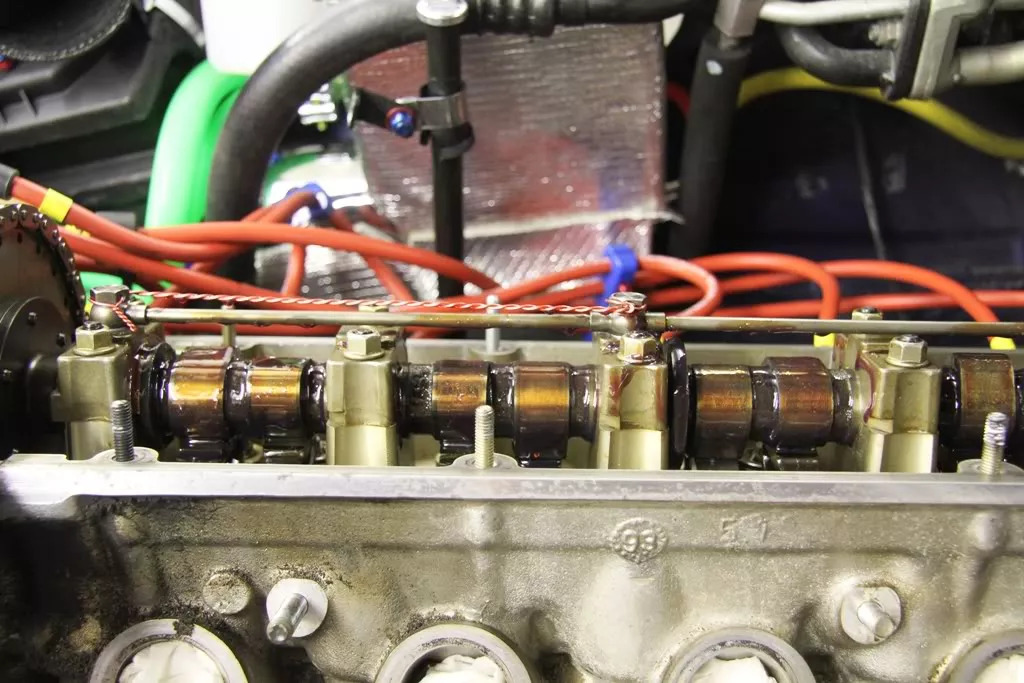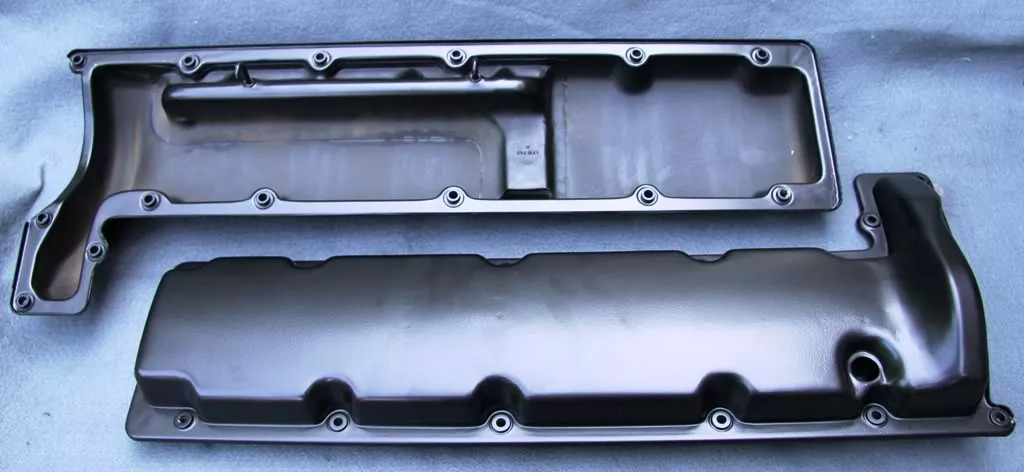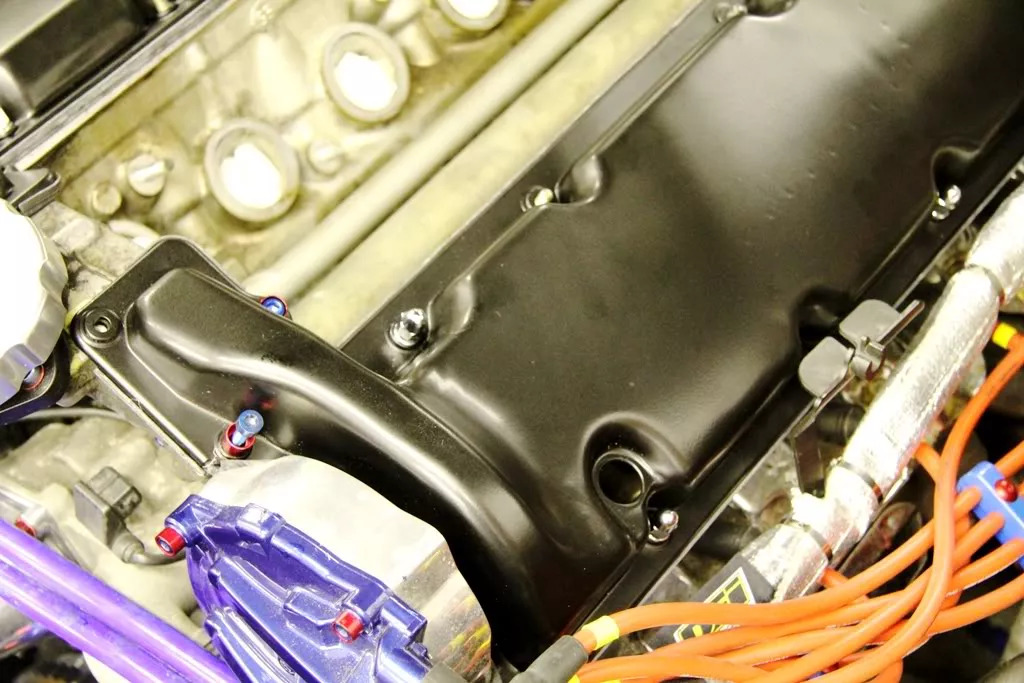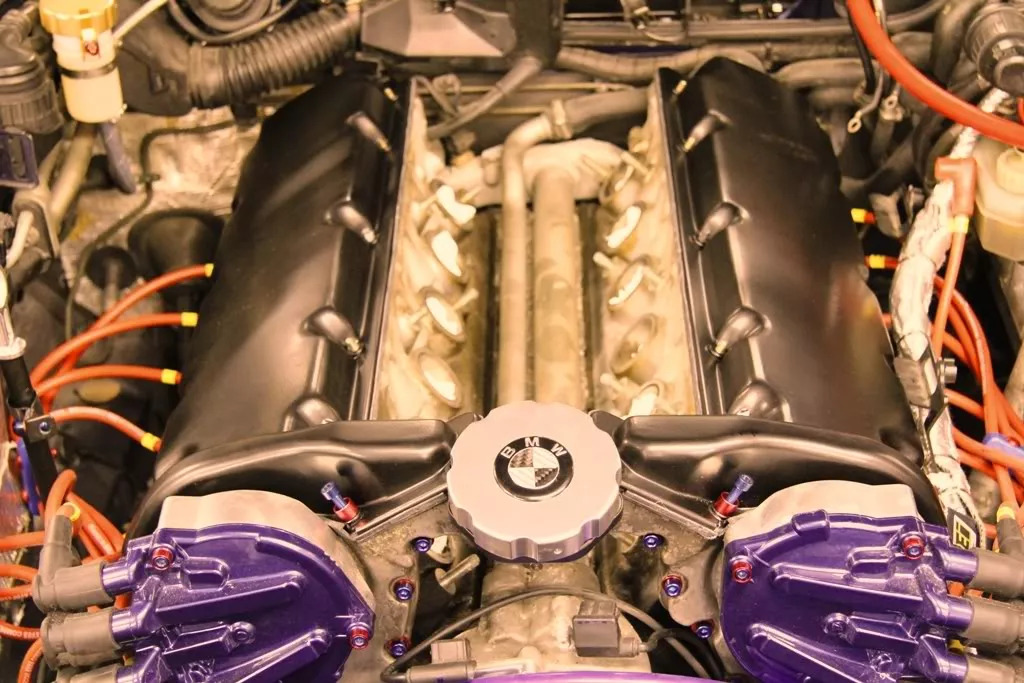Article by: Gerry at PhoenixMotorsport
Article applies to: all SOHC V12 BMW models.
Ok, so continuing on from my last post on camshaft timing, I am elaborating on the delights of a BJ, (Banjo Job), that is so necessary on the V12.
When I stripped down the top end of my engine, I had no suspicion whatsoever that my 40k miles Csi may have the dreaded banjo bolt issue and the only reason for me stripping the car down this far was to preempt the inevitable cam cover gaskets failure and to replace the intake manifold gaskets, although they were still in perfect condition, as I would be adding extra strain on them with a pressurized intake.
Removing the cam covers revealed gaskets in perfect condition but the rearmost banjo bolt was found totally undone to the extent of its thread with only the proximity of the cam cover stopping it falling out completely.
The other 7 were found to be tight and very close inspection of the camshaft found no signs of wear whatsoever, with the cams still being “as new”.
Considering the design of these banjos with just a single seal on one side has led me to believe that BMW were using the soft alloy cam caps to seal against the steel banjo rail and had just used a sealing crush washer between the hard banjo bolt and its rail. Had there been a crush ring seal between the rail and the caps, then I don’t believe they would come undone anyway, however if they did, this would leave the crush washer free to dislodge and fall into the engine.
My solution was not only to use the modified banjo bolts supplied by BMW, but to use a crush washer on both sides of the oil rail and use some form of positive locking in addition to the chemical thread lock applied by BMW on the modified bolts.
Having considered both tab washers, cable and wire locking I decided upon the good old wire locking as everything I needed I already had to hand, and the disadvantages of speed and inconvenience were not an issue on this application.
So this is the kit used to do the mod, (excluding seals). A roll of coated stainless 0.040” (1.0mm) lock wire, 8 drilled bolts and a pair of lock wire pliers.
First job was to drill the new bolts for the wire locking and as engineering principle dictates the hole should not be greater than 25% larger than the wire used.
I was using 0.040” wire, the holes were drilled 1.25mm (0.050”) diameter with a small chamfer to prevent the sharp edge of the hole cutting into the lock wire.
Using a splodge of grease, I stick a set of washers in position on the appropriate cam caps.
I then drop a bolt and washer through each attachment point on the oil rail. and lower the rail into position, catching all the lower washers and getting all the bolts started by hand.
I seat all the bolts fully by hand before tightening them to 10 Nm (7.5 ft/lbs) with my baby torque wrench.
The next decision was whether to lock each bolt to the rail, or lock them together in pairs. As the bolts were within 7” of each other.
It was just acceptable to lock them together at this distance unsupported so I threaded the wire through the bolt head
and started the first twist by hand.
Pulling the 2 strands of wire together to the next bolt, I clamped on the pliers
And twisted the wires together automatically at the accepted rate of 8 twists per inch
And then ensuring that the wire when tensioned was pulling on the bolt TO TIGHTEN IT.
Proceeded to thread 1 strand through the second bolt, again in a direction so that tension would also tighten this 2nd bolt. then starting a twist after this bolt, twisted a further inch or so with the pliers.
I then trimmed off the tail down to the accepted length of ½” and discarded the rest. I then repeated the procedure for the other 3 pairs of bolts.
Before refitting the cam covers with new gaskets, I treated all the cam lobes to a liberal application of Kent cam lube
to lubricate them when the engine is started and before full oil pressure is realised at the oil spray rails.
The newly powder coated cam covers
were then refitted with all M6 fasteners torqued to 10Nm.

